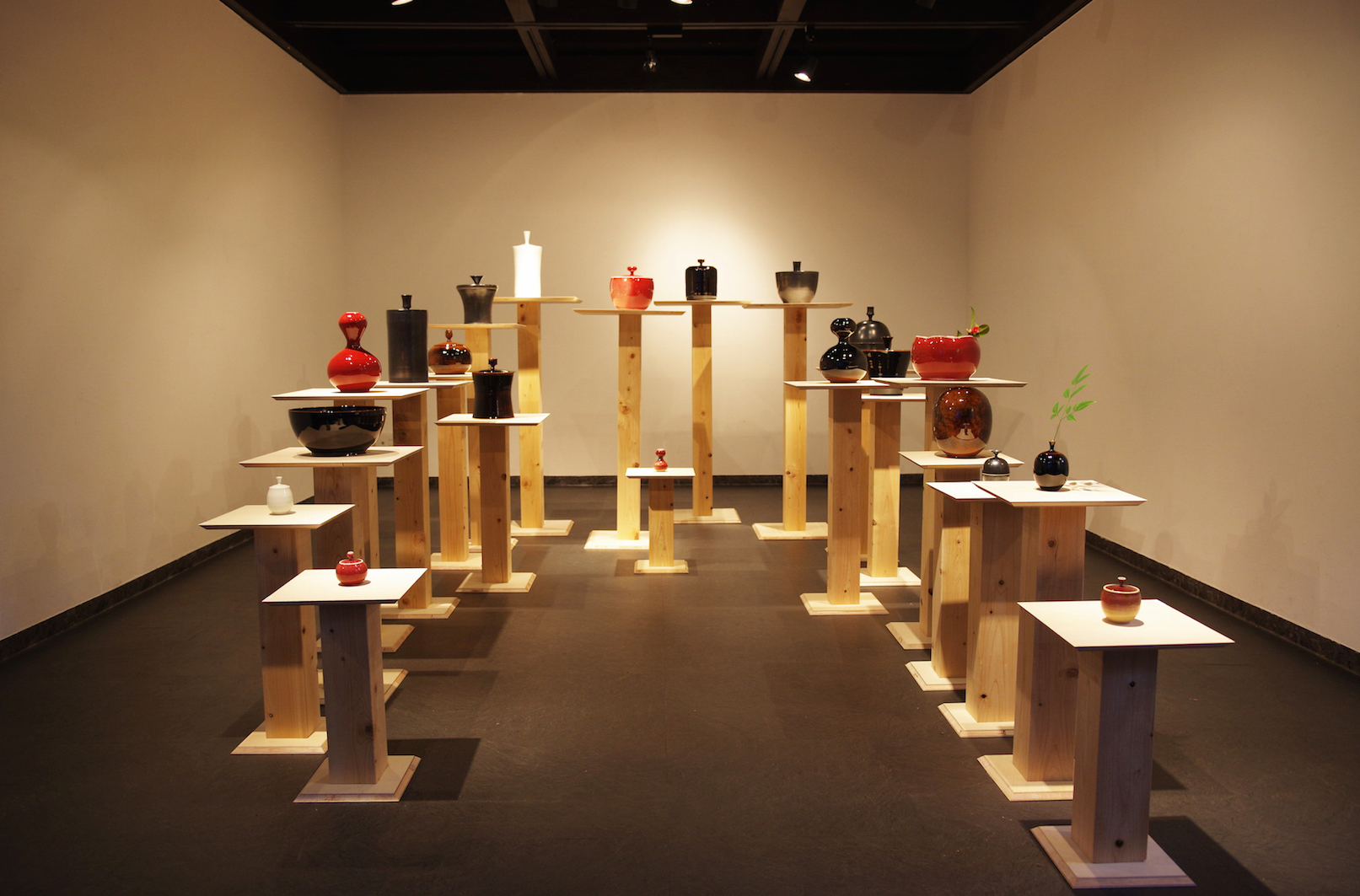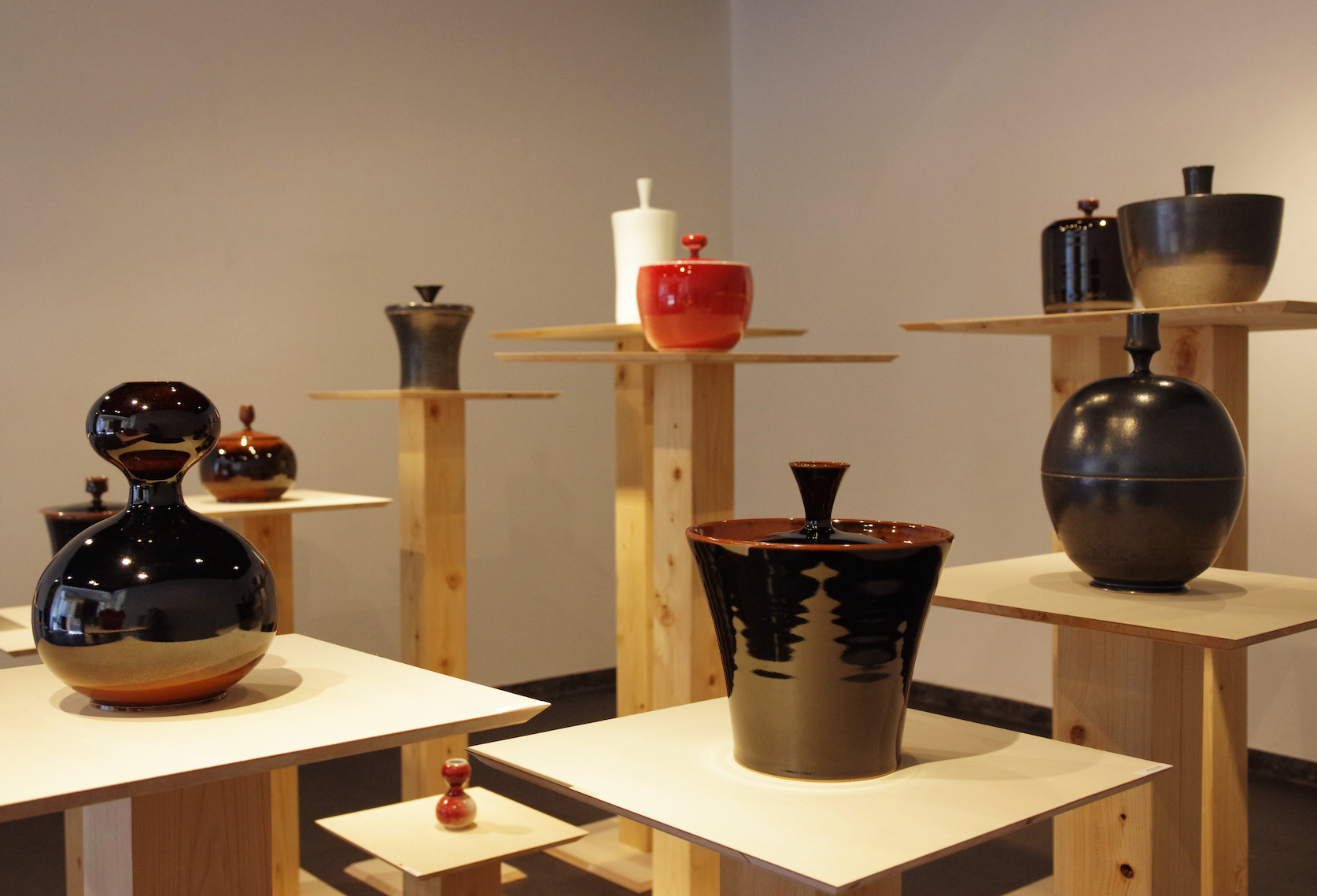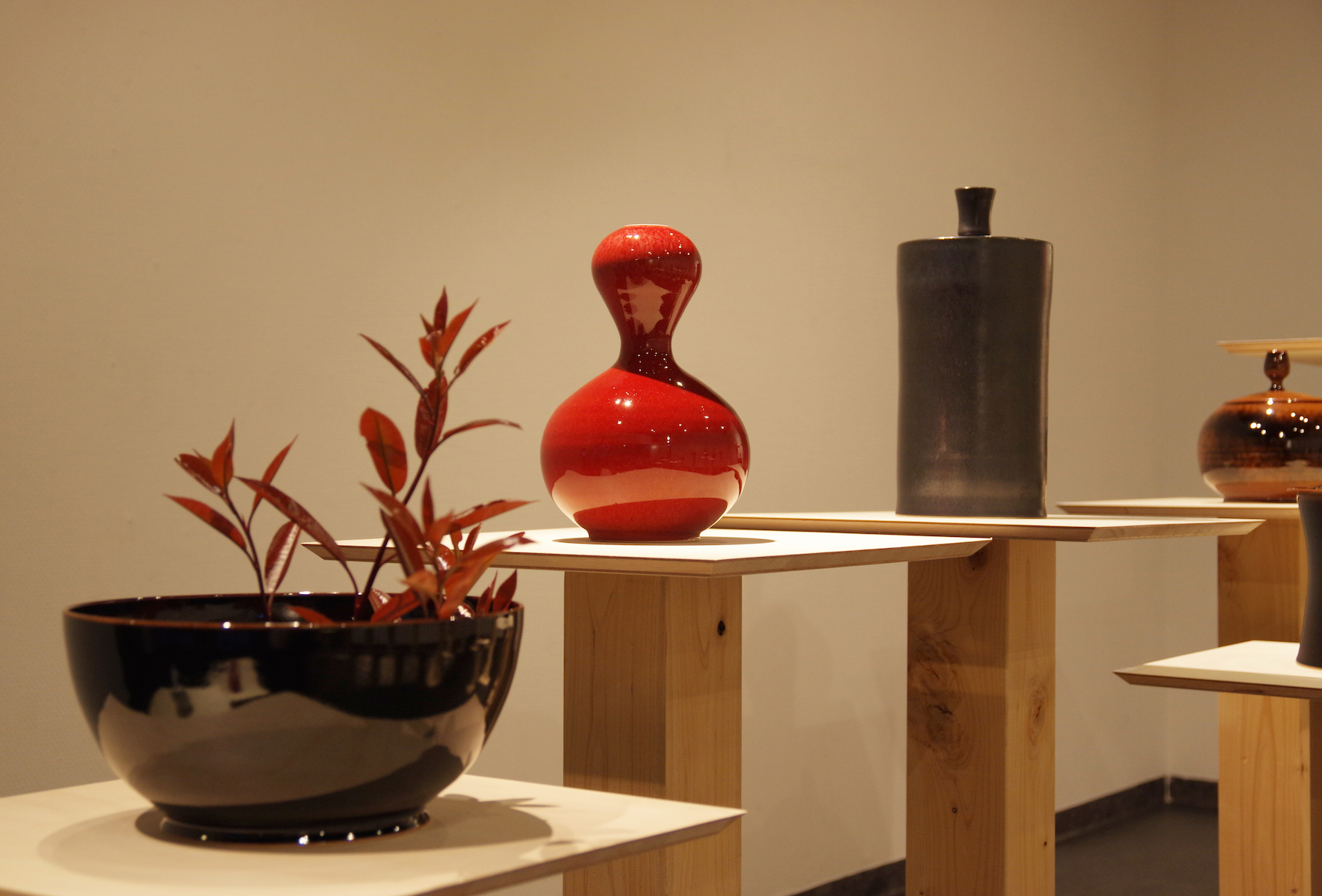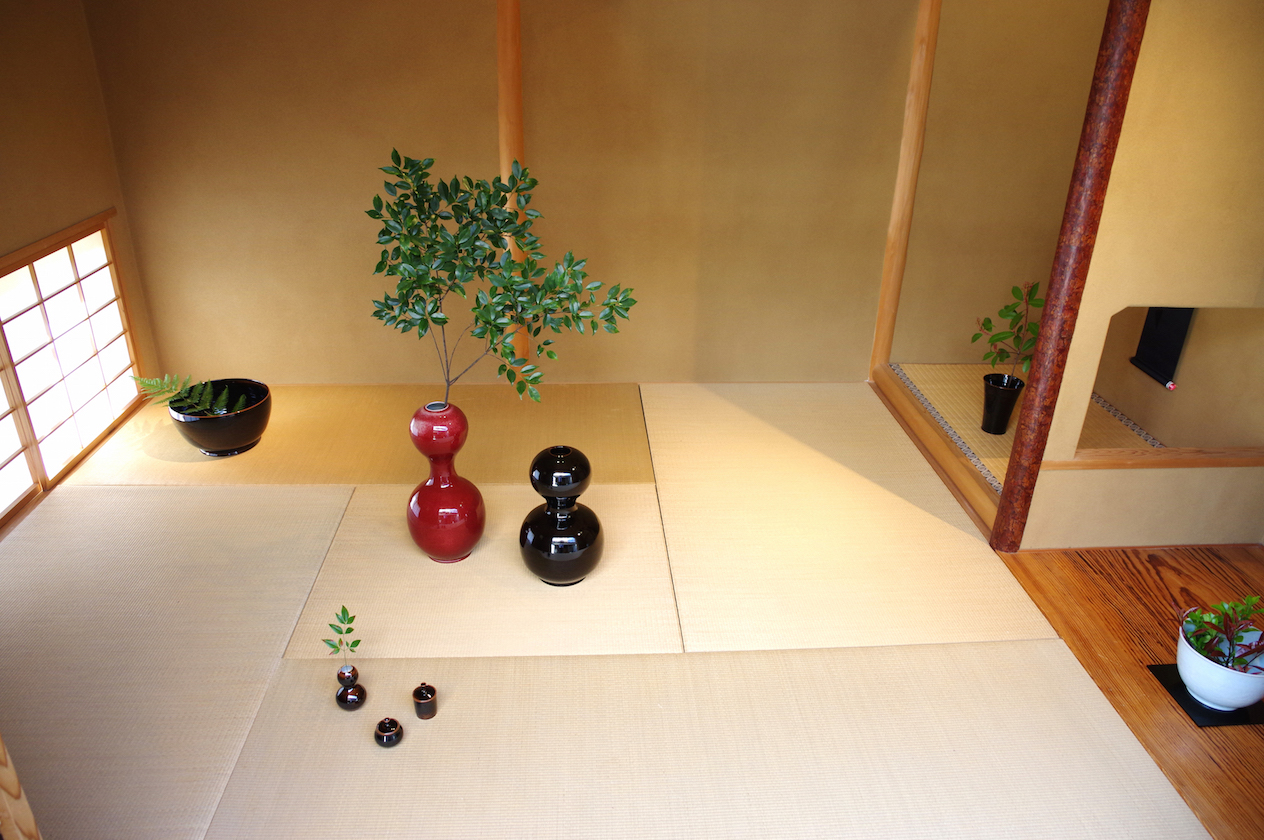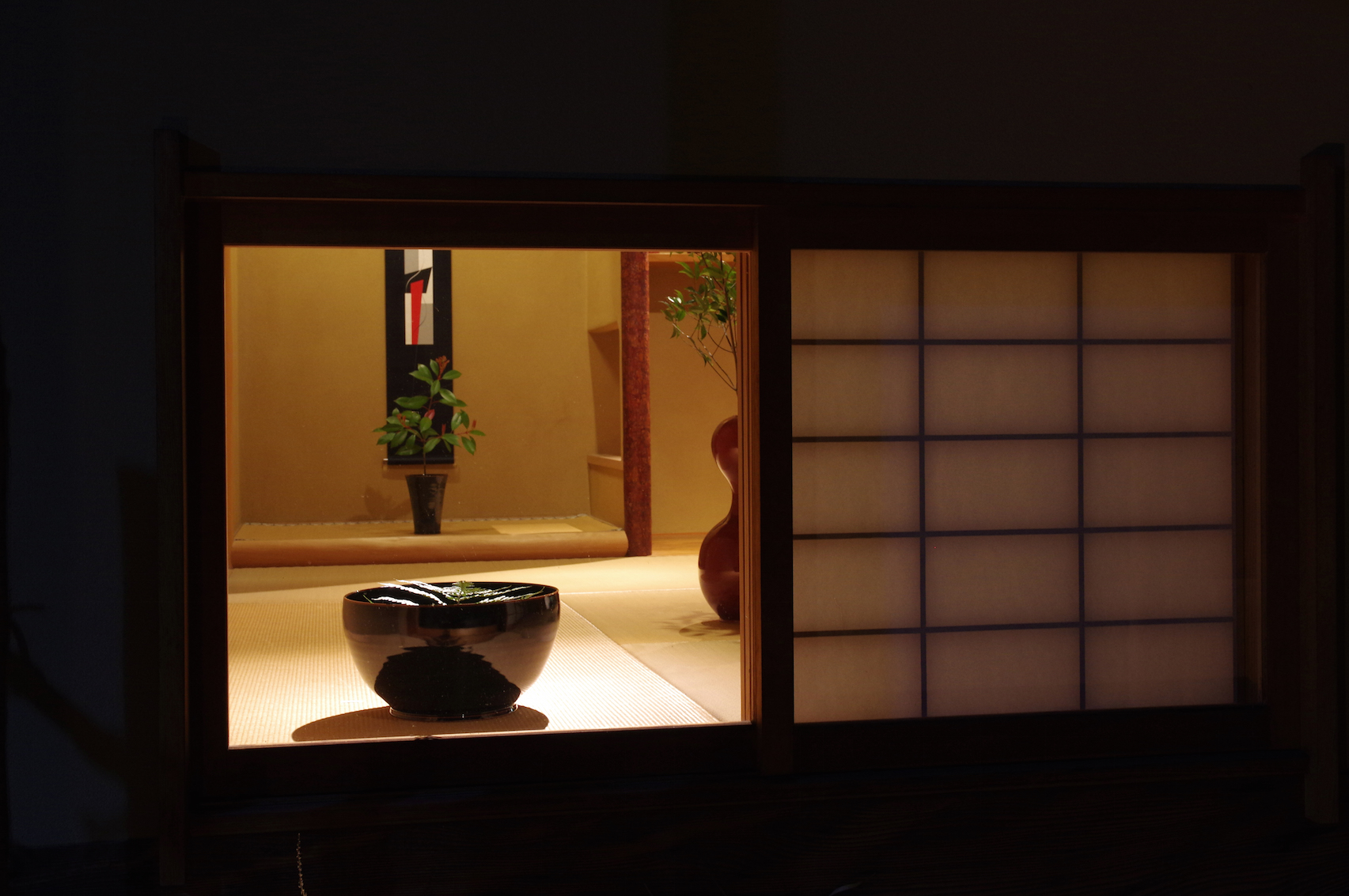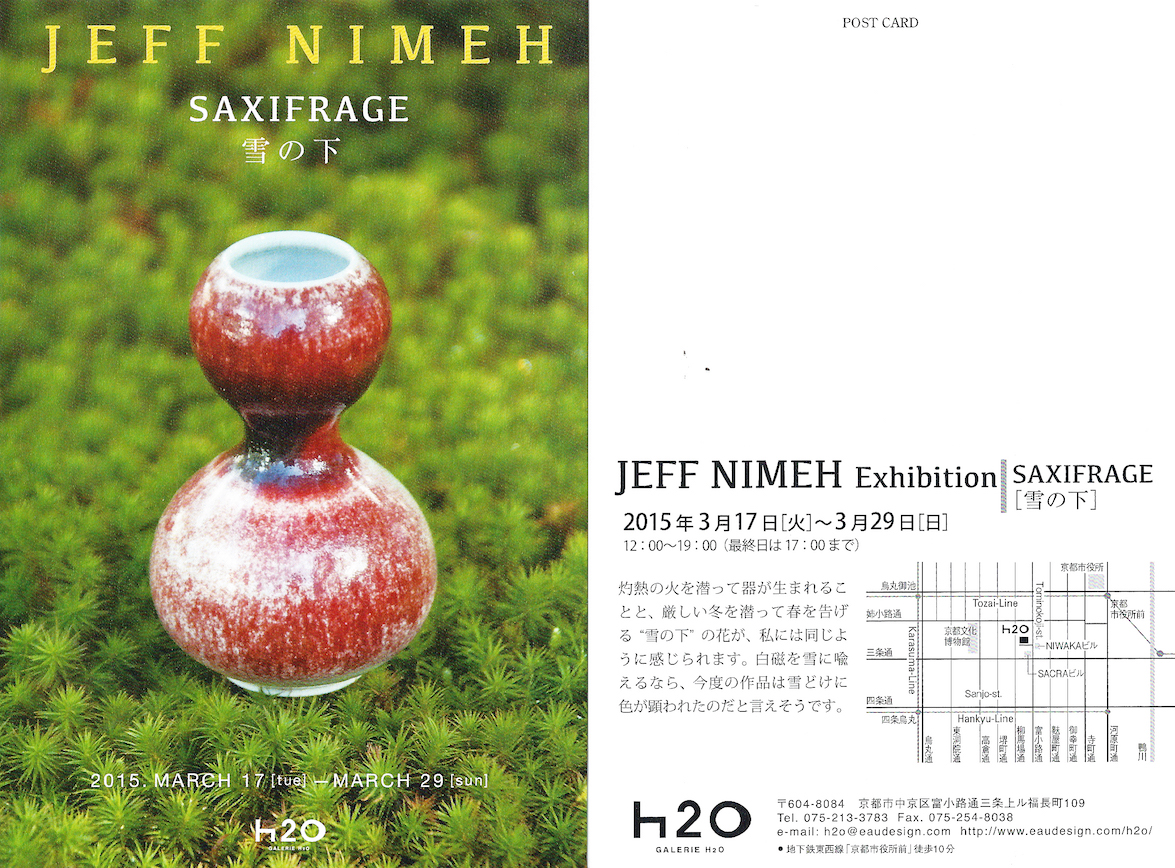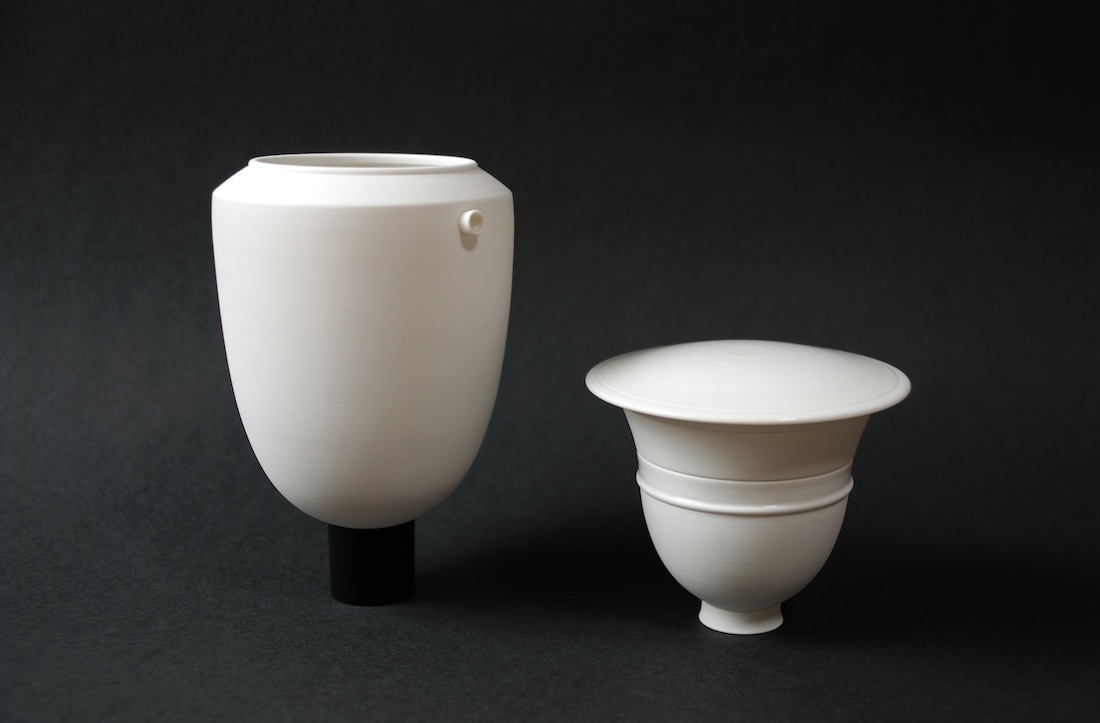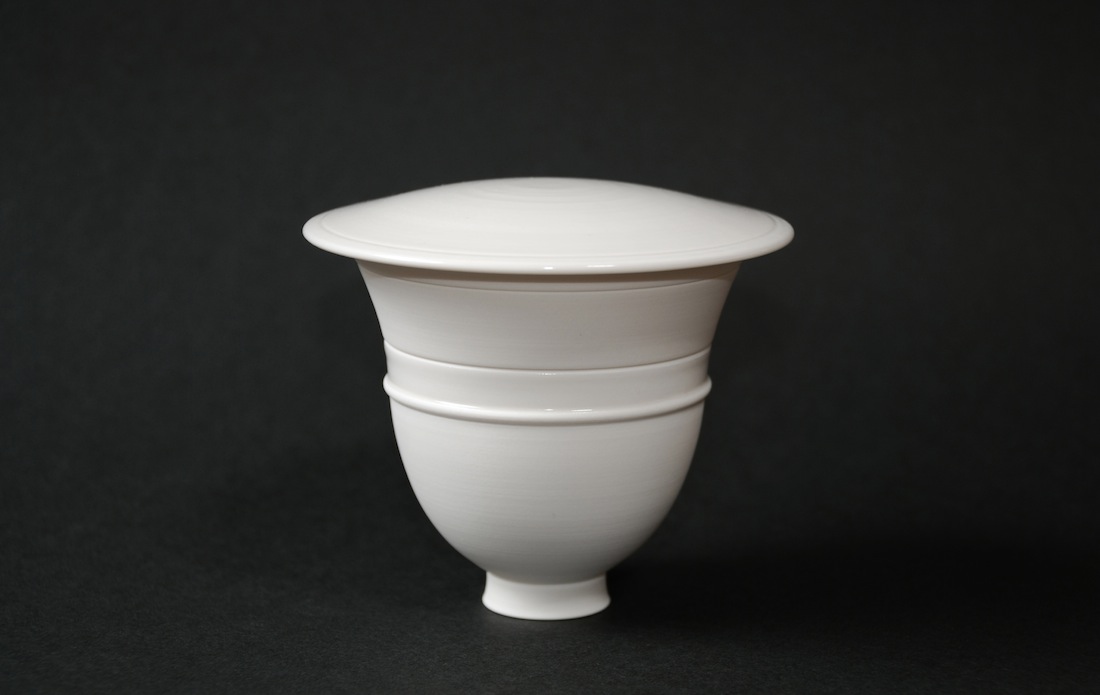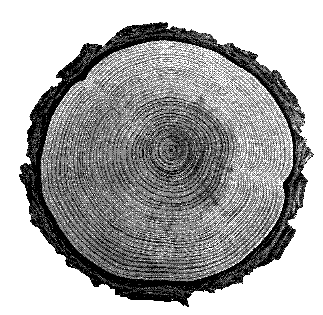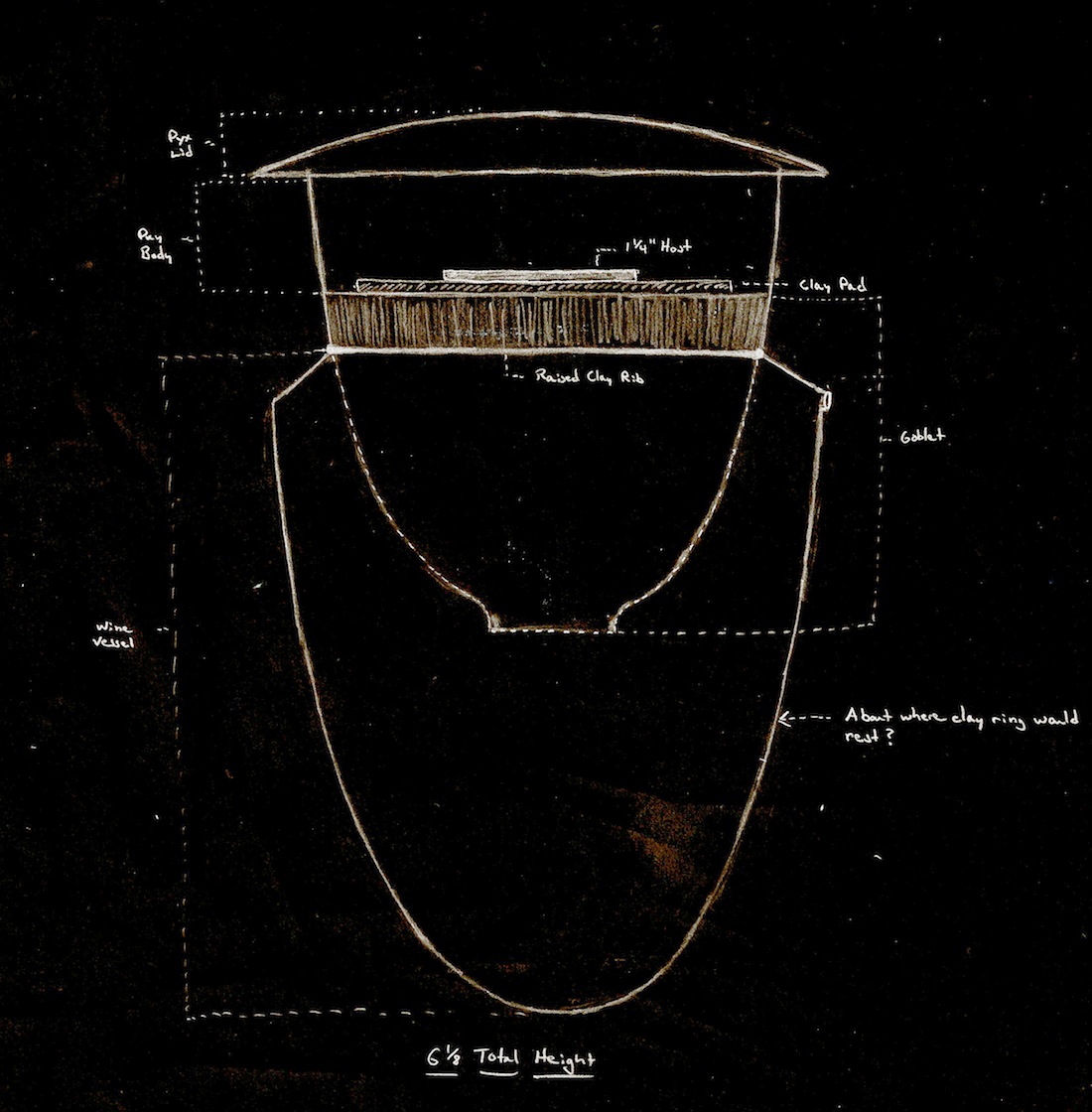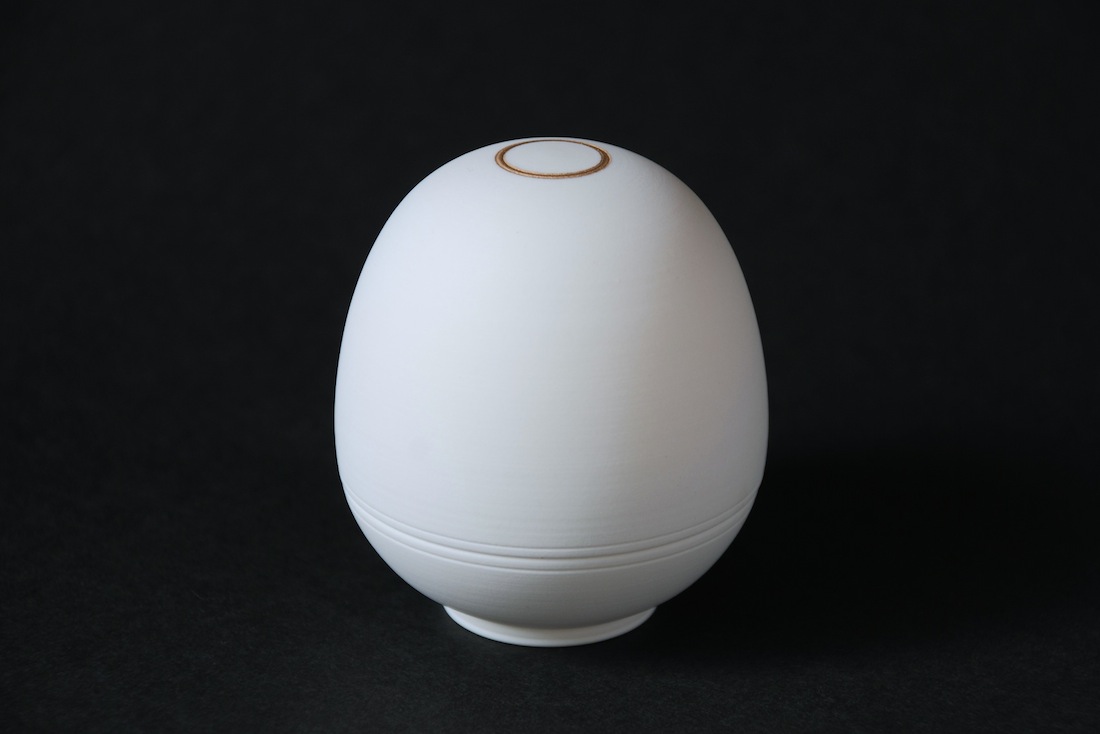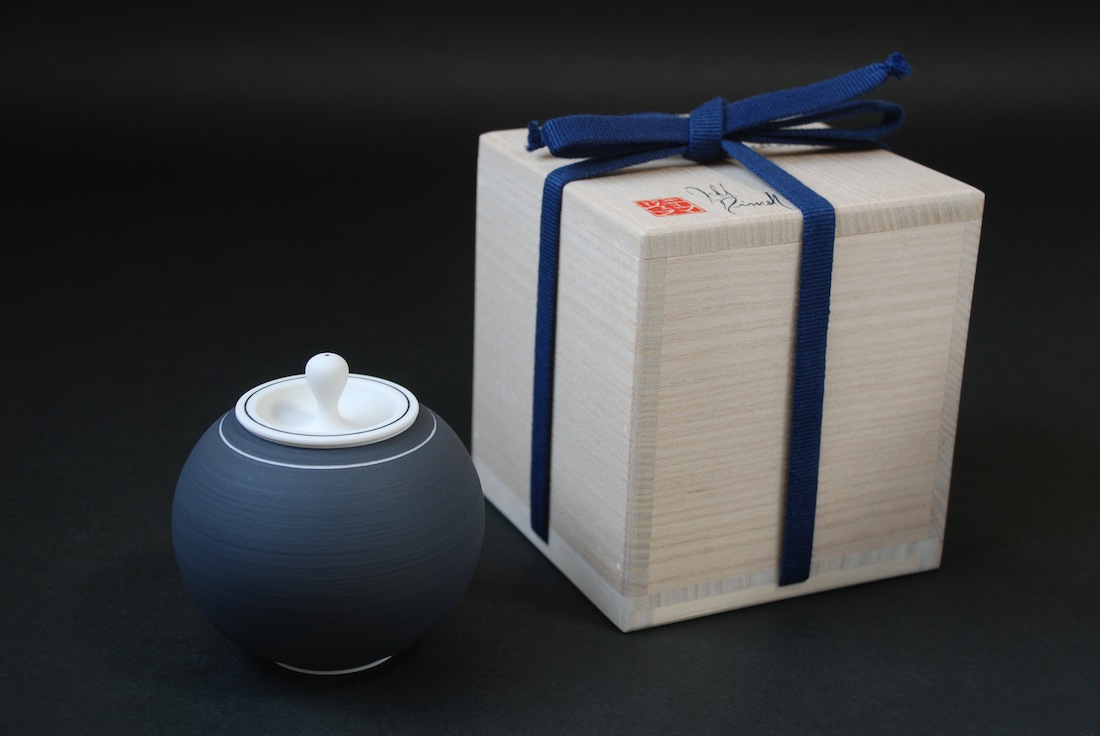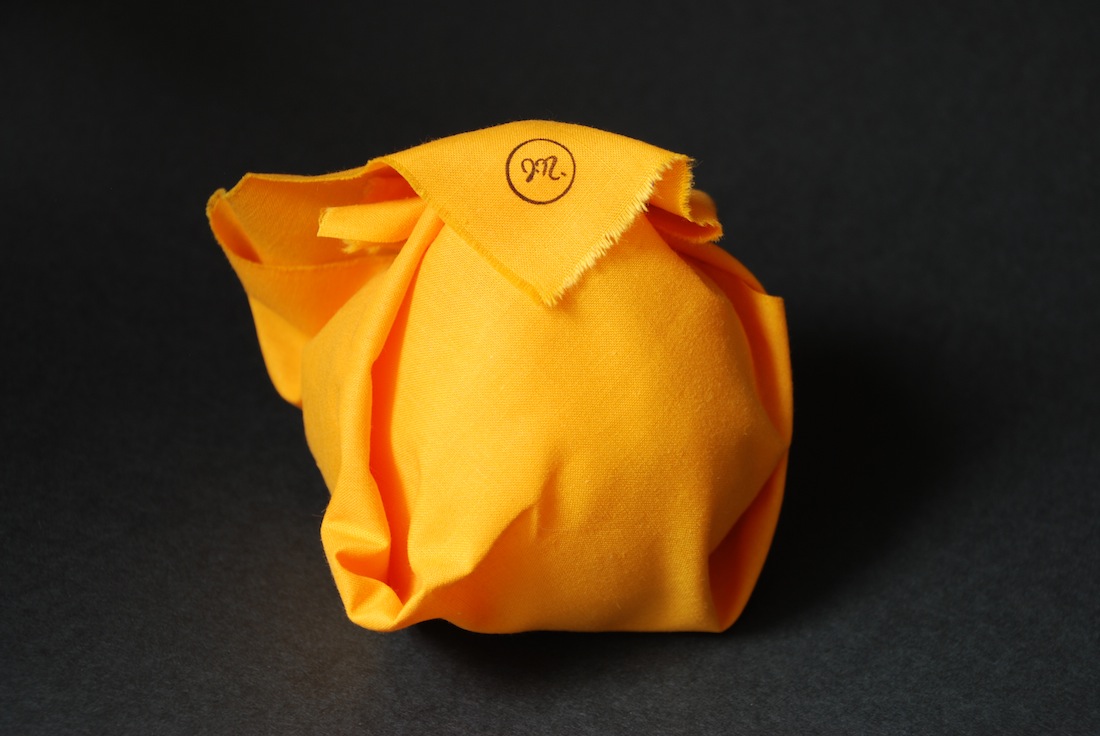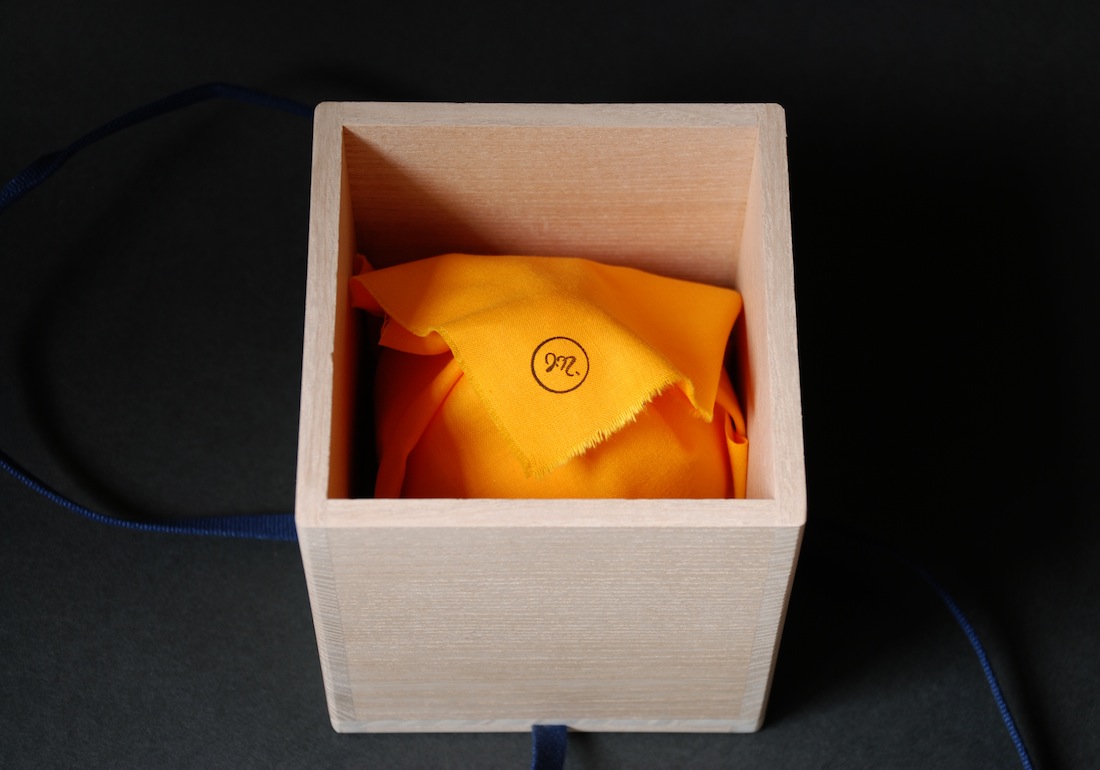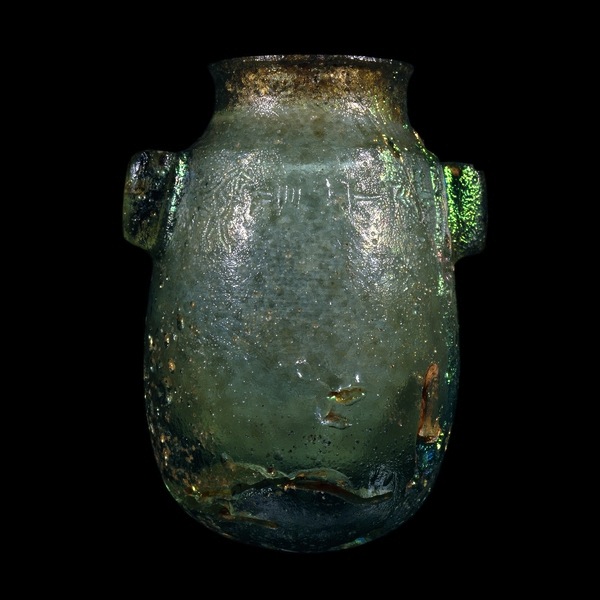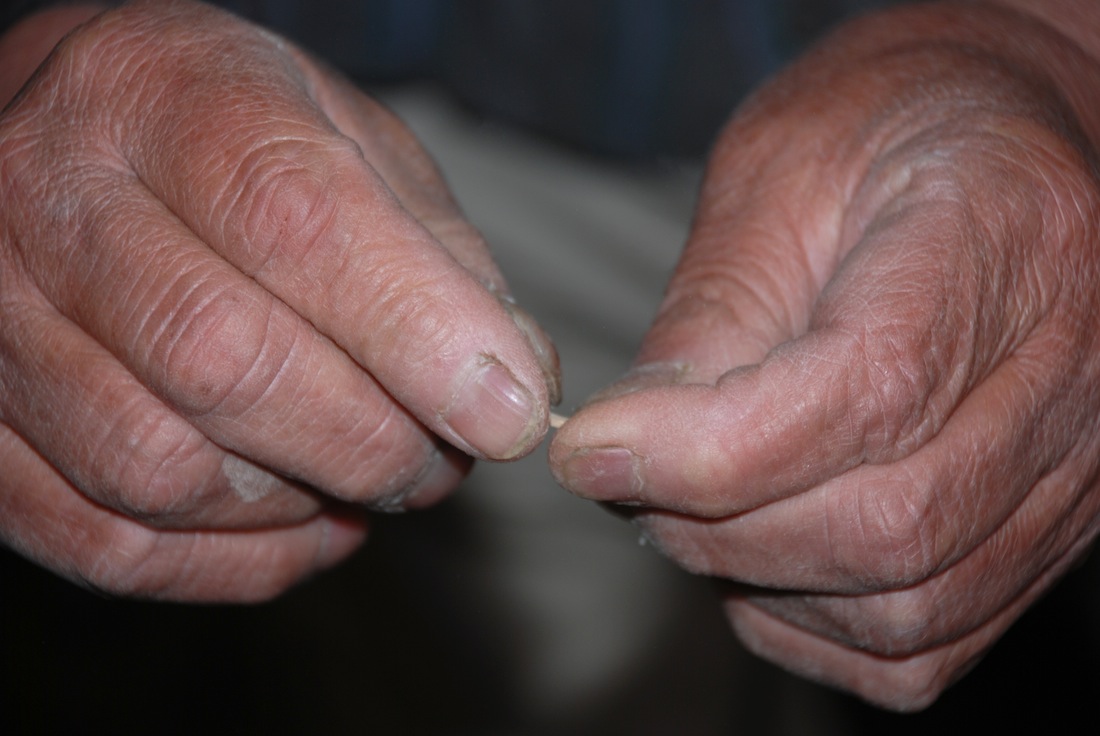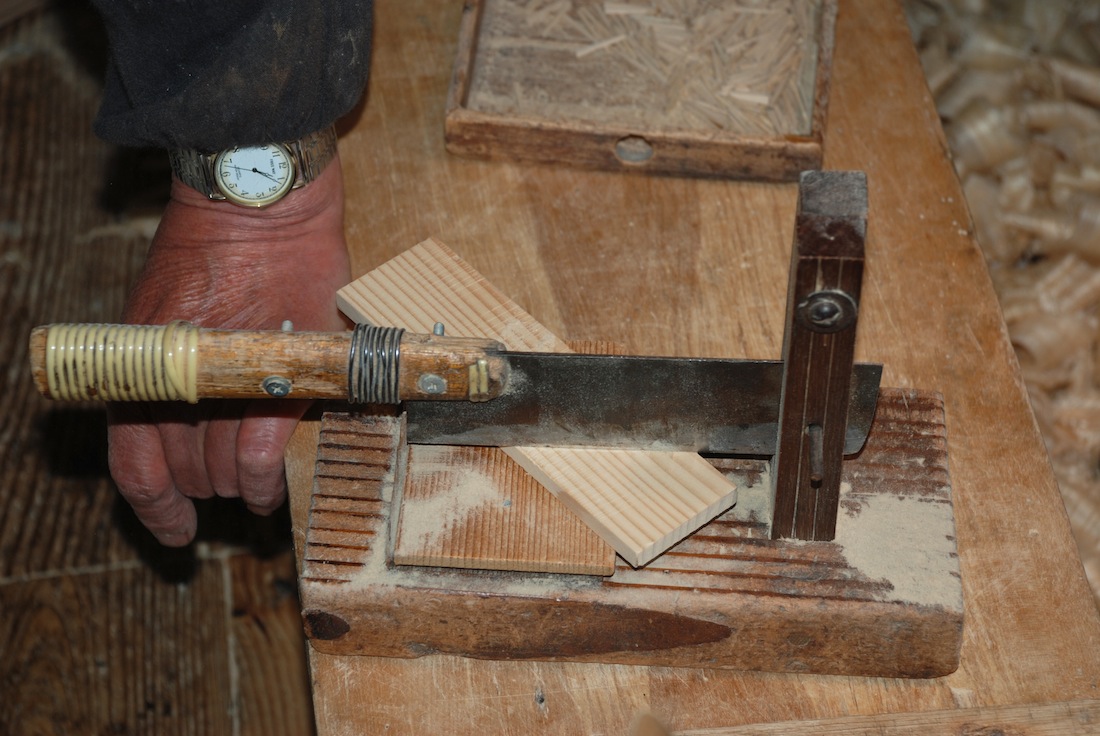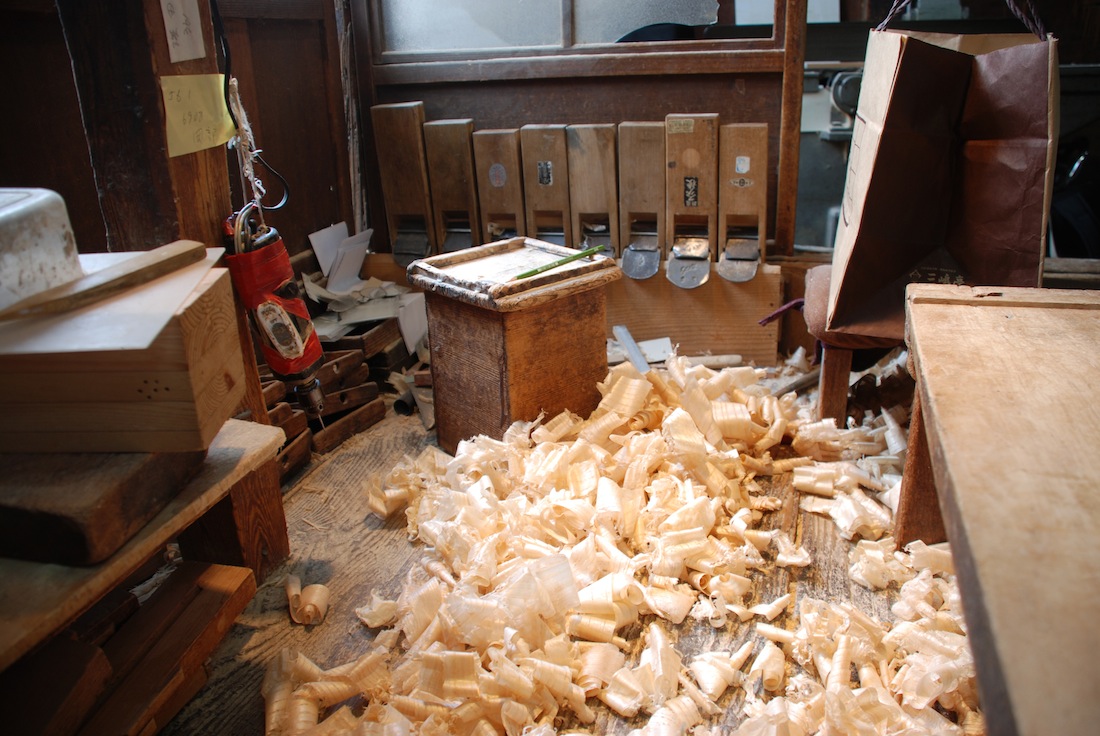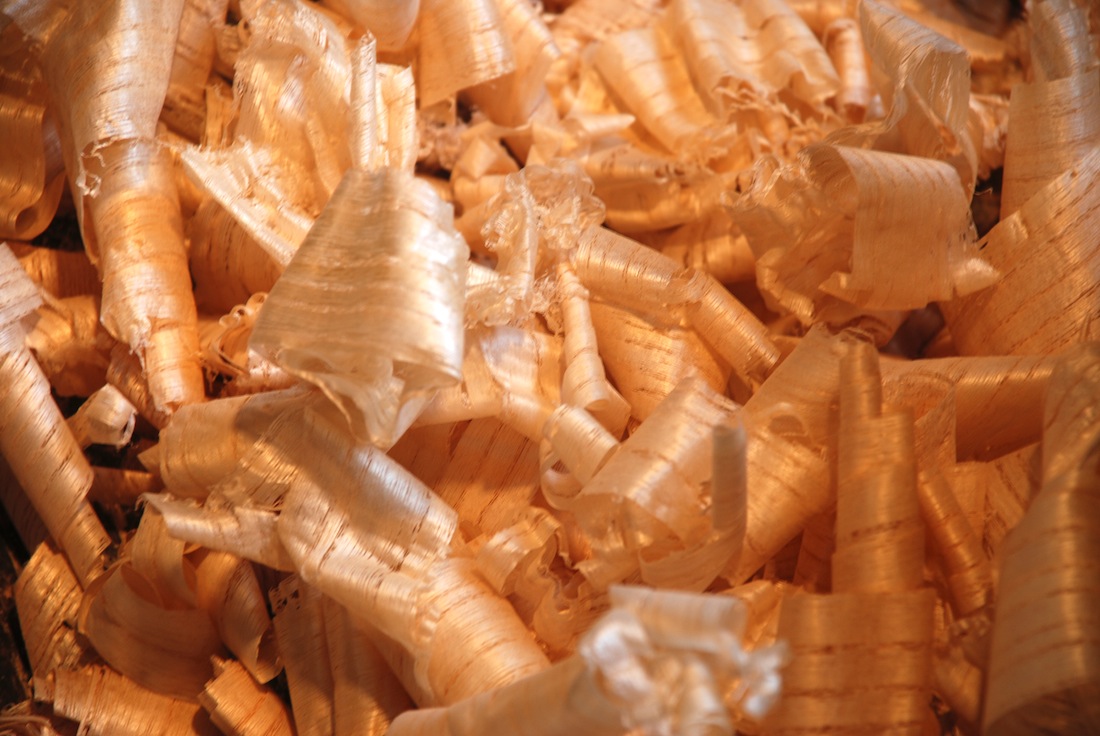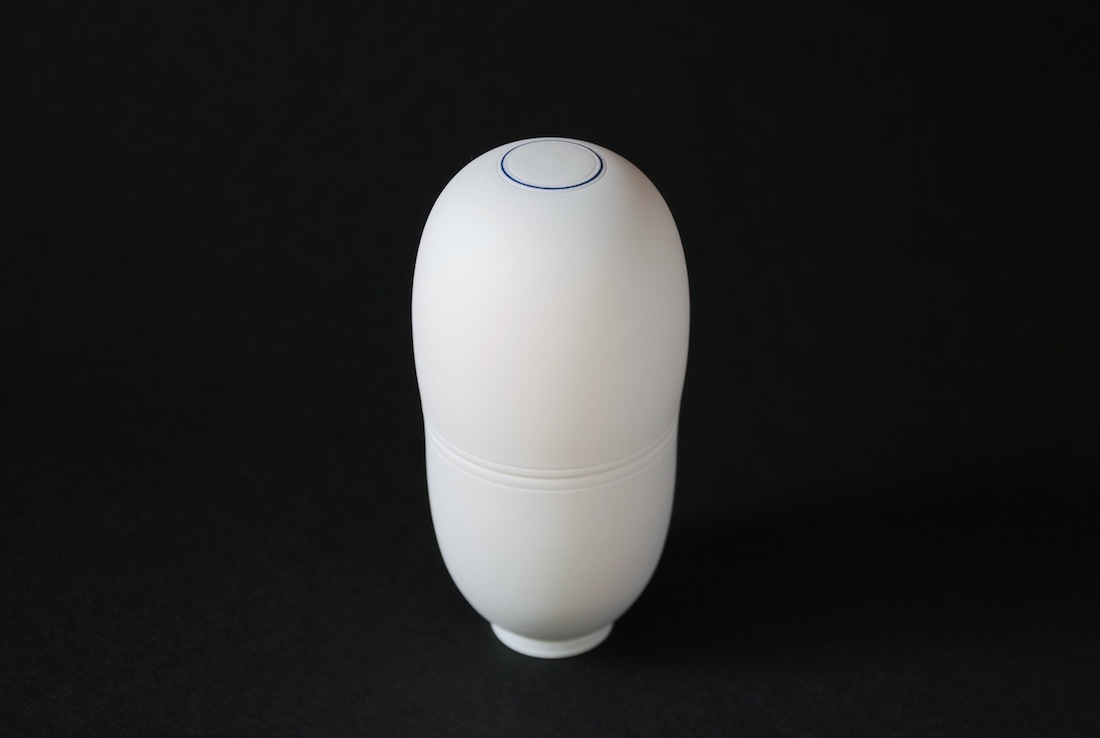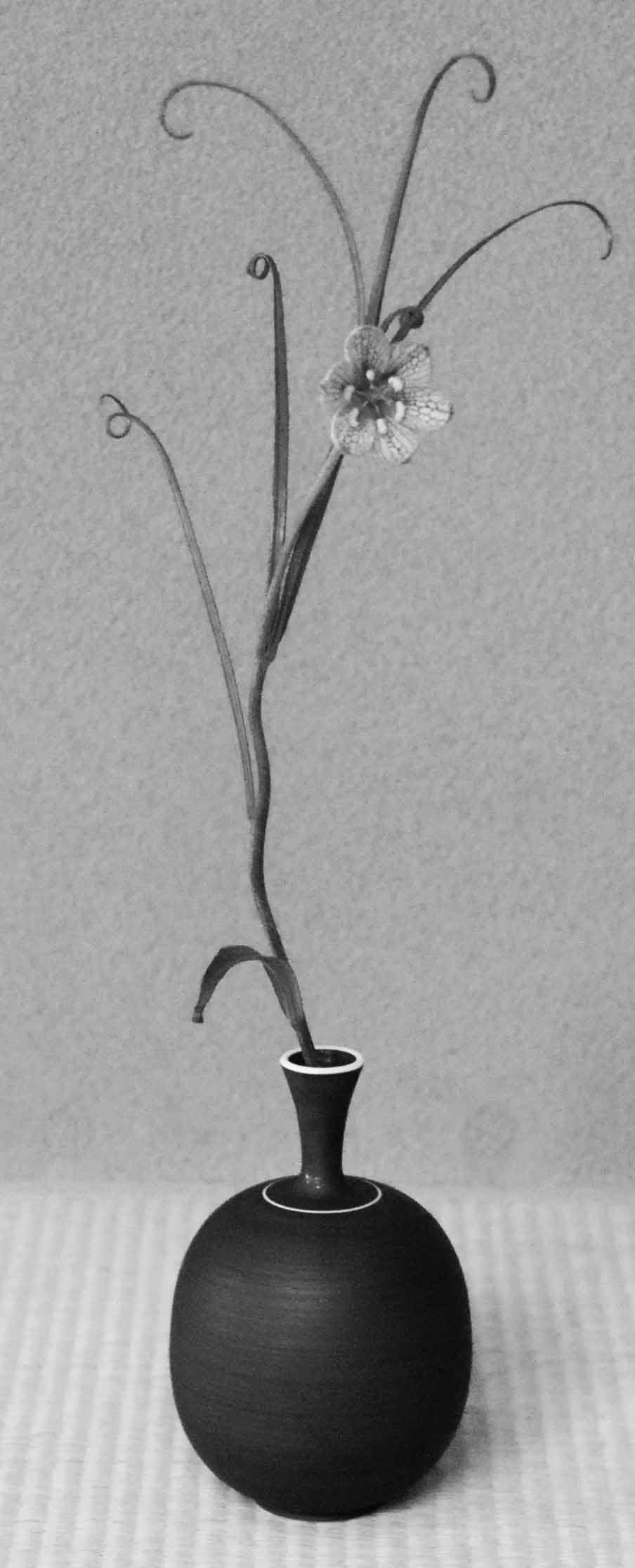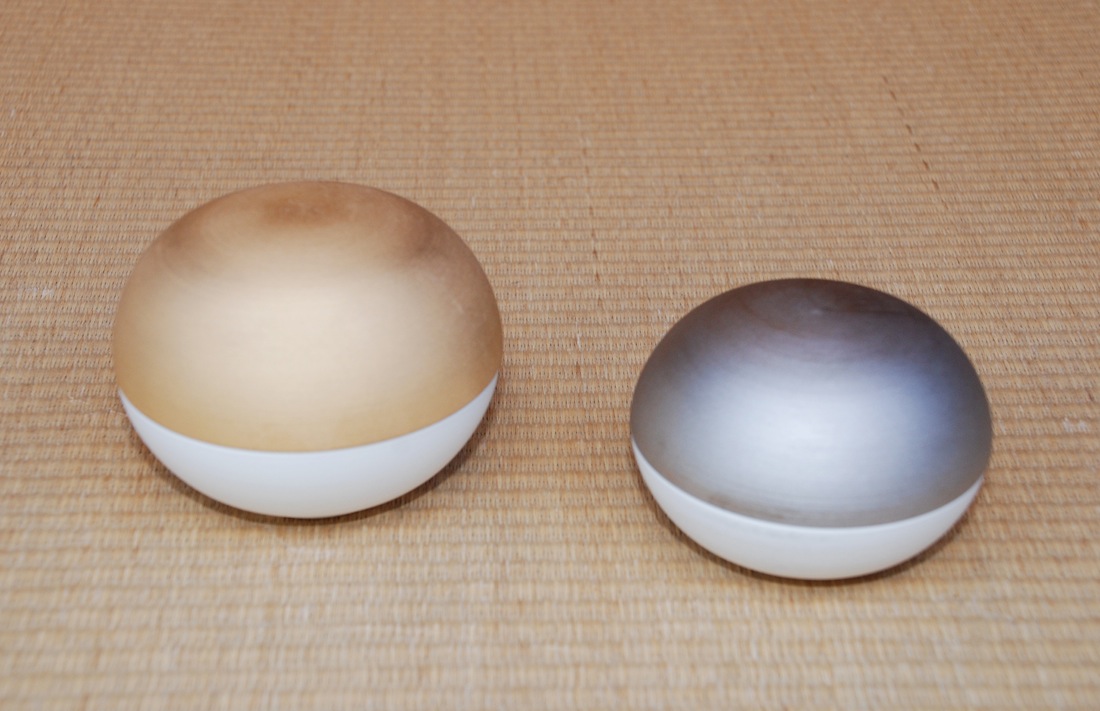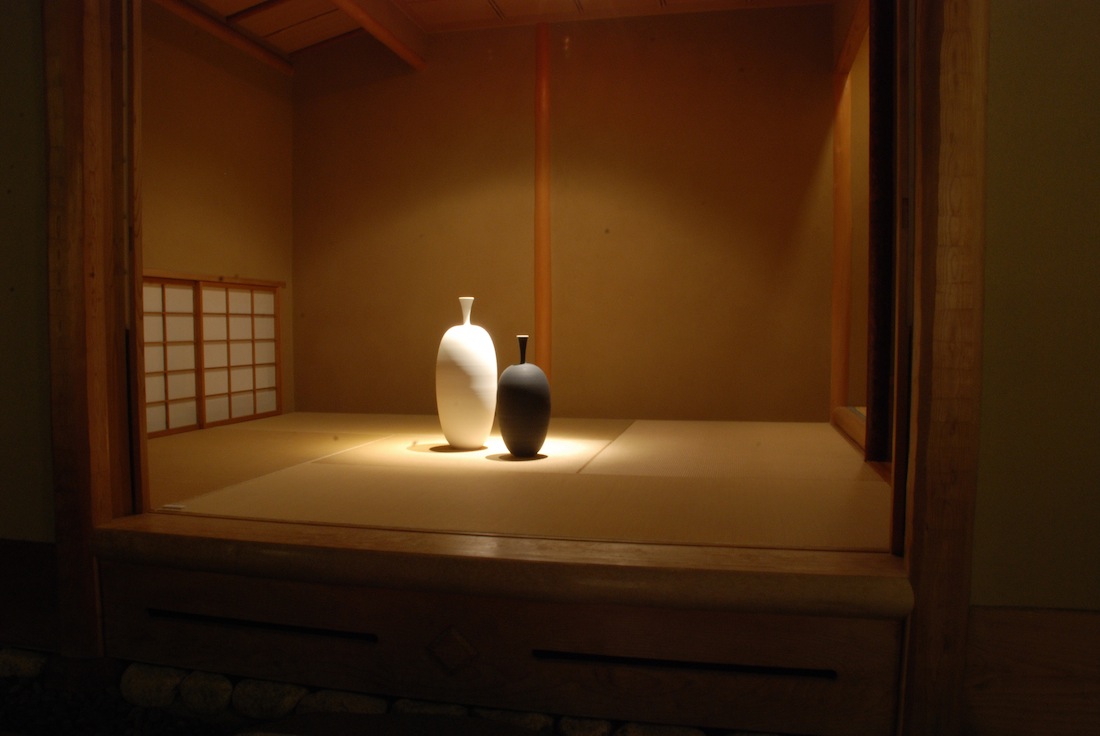Carbon Monoxide Found Guilty of Stealing Oxygen
I am finally posting images from exhibition Saxifrage that recently concluded at H20 Gallery in Kyoto, Japan. I had the opportunity to display wheel thrown porcelain, with variations on classic forms, and a new glaze color palette. This show featured four different reduction glazes I began testing eight months prior at the kiln of Kyoto potter and friend, Lawrence Barrow. For those curious as to what a reduction glaze is, I will do my best to briefly explain. I finally came to a rudimentary understanding after 20 years in the ceramic field. Basically, you can achieve a very unique glaze color response due to the presence of carbon monoxide in the kiln. It goes something like this: I typically fire all my work in an electric kiln where little to no carbon monoxide is being generated (nothing is really being burned). This ‘clean’ kiln atmosphere has been great for producing the white, unglazed porcelain pieces I have made for some time now.
In a reduction firing, you are either burning gas, oil, or wood to create heat and carbon monoxide inside the kiln. In the case of the reduction firing for this show, I used propane gas. This is where it gets interesting.
When carbon monoxide is present, due to incomplete combustion, it naturally wants to become carbon dioxide. In order to accomplish this, it needs to steal an oxygen atom from somewhere. In reduction ceramic terms, it steals an oxygen atom from a metal compound in the glaze or clay. For the work in this exhibit, the oxygen was taken from iron oxide or copper oxide in the glaze. This process allowed for the colors you see below to form. Without the presence of carbon monoxide and its oxygen theft (reduction), all the glazes would have drastically different color results. For instance, in an electric kiln (non-reduction) the copper-red glaze you see below would result in something akin to a pale unimpressive green, and the iron-celadon blue glaze would result in a washed out yellow/brown. Historically speaking, the Chinese discovered these types of glazes as early as the 10th century (Tang Dynasty) and perfected, specifically their red glazes, as late as the 19th century (Qing Dynasty). Discovery of these glazes was probably due to accident through the use of wood burning kilns. This combustion of wood might have produced a reduction atmosphere in the kiln potentially rich in carbon monoxide, and similar glaze effects to those in this exhibit. I am simply participating in a very long tradition.
In short, I came to this understanding during the firing process for this show. There are certainly minor scientific errors in my explanation, so if there is a chemist in the house or properly trained ceramic glaze technician, please comment back with corrections. That said, I am pretty sure this puts down a basic process that takes place in a reduction firing, and a benevolent use of carbon monoxide.
